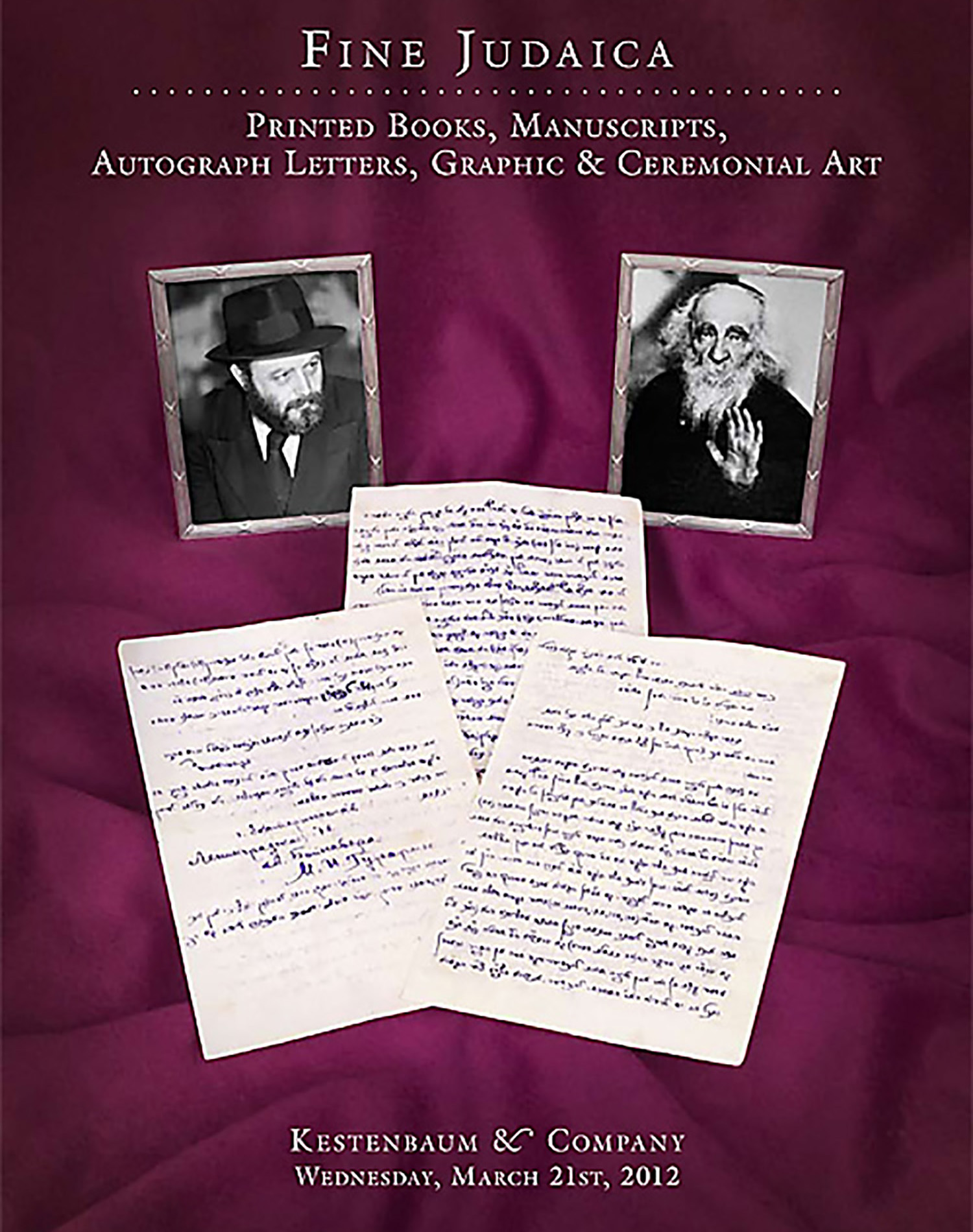Record Book of the Jewish Community of Boitzenburg, Germany.

AUCTION 54 |
Wednesday, March 21st,
2012 at 1:00
Fine Judaica: Printed Books, Manuscripts Autograph Letters, Graphic & Ceremonial Art
Lot 264
(GERMANY).
Record Book of the Jewish Community of Boitzenburg, Germany.
1799-1822
Est: $4,000 - $5,000
PRICE REALIZED $4,000
This manuscript contains a variety of fascinating documents focusing upon the small Jewish community of Boitzenburg, located near Hamburg, in the province of Mecklenburg-Schwerin.
The manuscript includes three successive sets of interesting Takanoth dated 1801, 1808, and 1822 (ff. 18-28). These Synagogue and Community Regulations include the duties of the “Melamed” (who apparently also served as a Shamash): Enforce payment of community dues; ensure there were sufficient numbers for a daily Minyan; enforce fines for late-comers; similar fines for talking during prayers or creating disputes. Also includes regulations relating to weddings, Yohrzeit, Bar Mitzvah, visiting the sick, etc. Interestingly, the manuscript contains an extensive inventory of all the possessions owned by the community and the synagogue.
The earliest document in the manuscript is a letter dated 24th June 1799, seeking permission to construct a synagogue in Boitzenburg; this is followed by an edict of Duke Franz Friedrich I granting such permission. Local Rabbi Jaffe’s paean of thanks and entreaty for financial support for the construction appears thereafter. The manuscript then records the activities of emissaries sent to the nearby “Three Communities” of Hamburg, Altona and Wandsbeck to solicit funds, along with further documents encouraging the effort. Lists of donor names and amounts provided are accompanied by personal words of inspiration in seeing the project completed. Most unexpectedly, appears a list of non-Jewish donors (fols. 168r-170v) who contributed to the endeavor.
